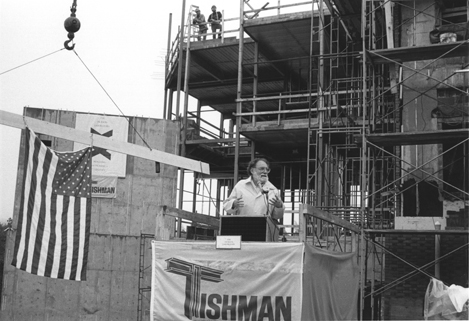
Faculty Research 1990 - 1999
Comparison of protein synthesis patterns in mouse cumulus cells and mural granulosa cells: effects of follicle-stimulating hormone and insulin on granulosa cell differentiation in vitro.
Document Type
Article
Publication Date
1999
Keywords
Animal, Cell-Differentiation, Cells-Cultured, Comparative-Study, Culture-Media, Electrophoresis-Gel-Two-Dimensional, Female, FSH/*pharmacology, Gene-Expression-Regulation, Granulosa-Cells, Insulin, Mice, Oocytes
First Page
482
Last Page
492
JAX Source
Biol Reprod 1999 Aug;61(2):482-92
Grant
HD21970/HD/NICHD, CA34196/CA/NCI
Abstract
Successful development of mammalian oocytes requires correct interactions between developing oocytes and associated granulosa cells. Development of oocyte-granulosa cell complexes from preantral follicles in vitro does not produce oocytes competent to develop to blastocysts at the same frequency as for oocytes that develop in vivo. Addition of either FSH or insulin to cultures of oocyte-granulosa cell complexes does not improve the frequency of blastocyst development, and the combination of both insulin and FSH is deleterious. Here, high-resolution 2-dimensional PAGE (2D-PAGE) and computerized gel image analysis were used to compare patterns of protein synthesis in cumulus cells and mural granulosa cells of small antral follicles, and then to assess effects of FSH and insulin on the differentiation of oocyte-associated granulosa cells (OAGCs) in vitro. Culture of OAGCs without FSH or insulin resulted in failure to synthesize many proteins at rates characteristic of cumulus cells. Either hormone used alone caused many cumulus cell proteins that were decreased in control cultures to be synthesized at nearly normal cumulus cell rates, and also caused the synthesis of other proteins to be increased or decreased. The two hormones added together produced the greatest change in protein synthetic pattern, including overexpression or underexpression of many proteins not affected by either hormone alone. Addition of these hormones to culture media thus appeared insufficient to elicit a normal cumulus cell phenotype in OAGCs and could lead to complex changes in protein synthesis that may be deleterious to oocyte development. The high-resolution 2D-PAGE approach described here should be a valuable tool in studies on oocyte and granulosa cell development in vitro, since phenotype can be evaluated globally through the display of over 1000 newly synthesized proteins rather than relying upon the expression of just a few genes.
Recommended Citation
Latham KE,
Bautista FD,
Hirao Y,
O'Brien MJ,
Eppig JJ.
Comparison of protein synthesis patterns in mouse cumulus cells and mural granulosa cells: effects of follicle-stimulating hormone and insulin on granulosa cell differentiation in vitro. Biol Reprod 1999 Aug;61(2):482-92

